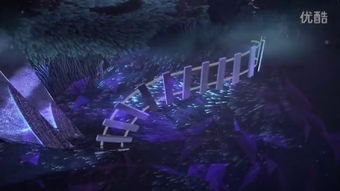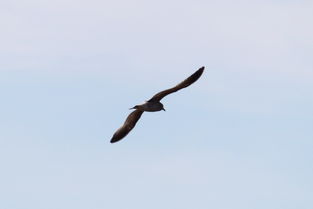Introduction:
Catching eels, or mud eels as they are often called, can be a rewarding and exciting fishing experience. These unique creatures are not only delectable but also quite challenging to catch. In this article, we will delve into the art of eel fishing, providing you with essential techniques and a visual guide to help you master the skill of reeling in these slippery creatures. So, let’s dive in and discover how to dig for eels and master the fishing techniques needed to make your angling adventure a success.
Section 1: Understanding Eels and Their Habits
Before we dive into the fishing techniques, it’s crucial to understand the eel’s natural habitat and behavior. Eels are nocturnal creatures that typically inhabit slow-moving waters such as rivers, lakes, and ponds. They are known for their ability to survive in oxygen-depleted environments and are often found in deep holes or submerged vegetation.
Section 2: Choosing the Right Equipment

To successfully catch eels, you’ll need the right equipment. Here’s a list of essential gear:
- Rod and Reel: A strong, medium-heavy spinning rod and reel are ideal for eel fishing. The rod should be around 6 to 7 feet long, providing enough leverage to handle the eel’s strength.
- Line: Use a monofilament line with a thickness of 10 to 20 pounds, depending on the size of the eels in your target area.
- Hook: A large, strong hook, such as a 6/0 or 7/0, is recommended. A J-style hook works well due to its sharp point and ability to hold the eel securely.
- Leader: Attach a 3 to 4 feet leader of the same line thickness to your main line. This leader will help protect your main line from the abrasive nature of the eel’s skin.
- Bait: Eels are known to be attracted to live bait. Common baits include worms, leeches, and small fish.
Section 3: Digging for Eels
The first step in catching eels is to dig for them. Here’s how to do it:
- Choose the Right Spot: Look for areas with slow-moving water, such as deep holes, submerged logs, or dense vegetation.
- Dig a Hole: Use a small shovel or trowel to dig a hole in the mud, about 1 to 2 feet deep.
- Search for Eels: Gently move the shovel through the mud, feeling for the slimy, wriggling eels. Be careful not to damage them.
Section 4: Setting Up Your Fishing Gear
Once you have found an eel, it’s time to set up your fishing gear:
- Attach the Leader: Tie the leader to the end of your main line using a strong knot, such as an improved clinch knot or a uni knot.
- Attach the Hook: Thread the hook through the eel’s mouth, ensuring that the point is fully inserted. This will help prevent the eel from escaping.
- Cast Your Line: Cast your line out into the water, allowing it to settle at the bottom.
- Wait Patience: Give the eel some time to adjust to the hook. They can be quite sensitive to changes in their environment.
Section 5: Catching the Eel
When the eel is ready, it will start to move towards the bait. Here’s how to catch it:
- Feel the Bite: Be prepared to feel a sudden pull on your line. This indicates that the eel has taken the bait.
- Reel In: Start reeling in the line slowly and steadily. Be patient, as eels can be quite strong and will put up a fight.
- Secure the Eel: Once you have reeled in the eel, use a net to scoop it out of the water. Be gentle to avoid damaging the eel.
Conclusion:
Catching eels can be a challenging but highly rewarding fishing experience. By understanding the eel’s habits, choosing the right equipment, and mastering the techniques of digging and fishing, you’ll be well on your way to reeling in these slippery creatures. So, get out there, embrace the adventure, and enjoy the thrill of eel fishing!












